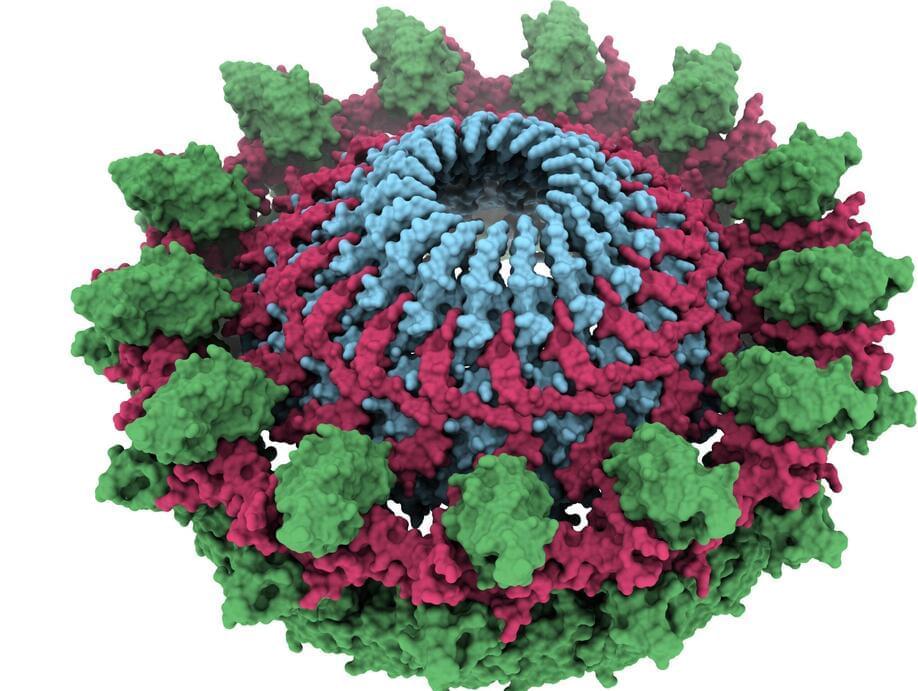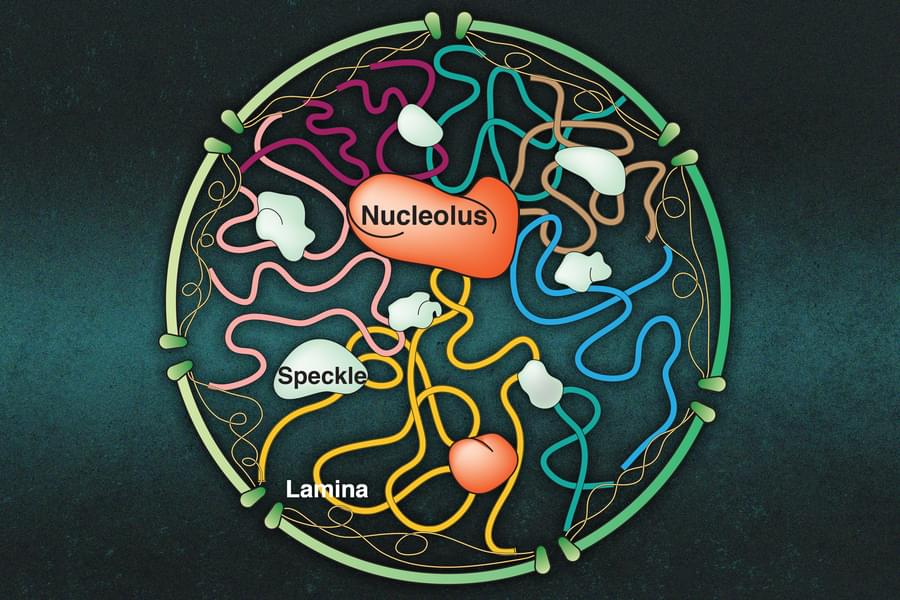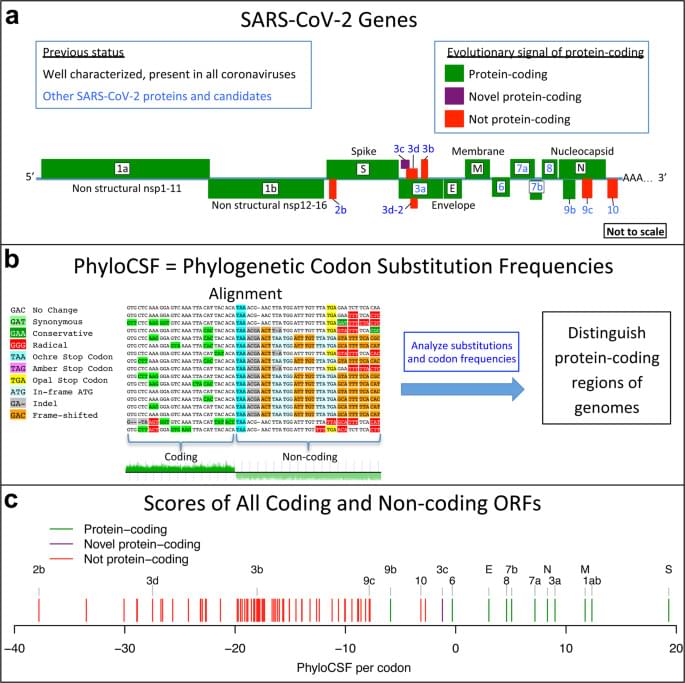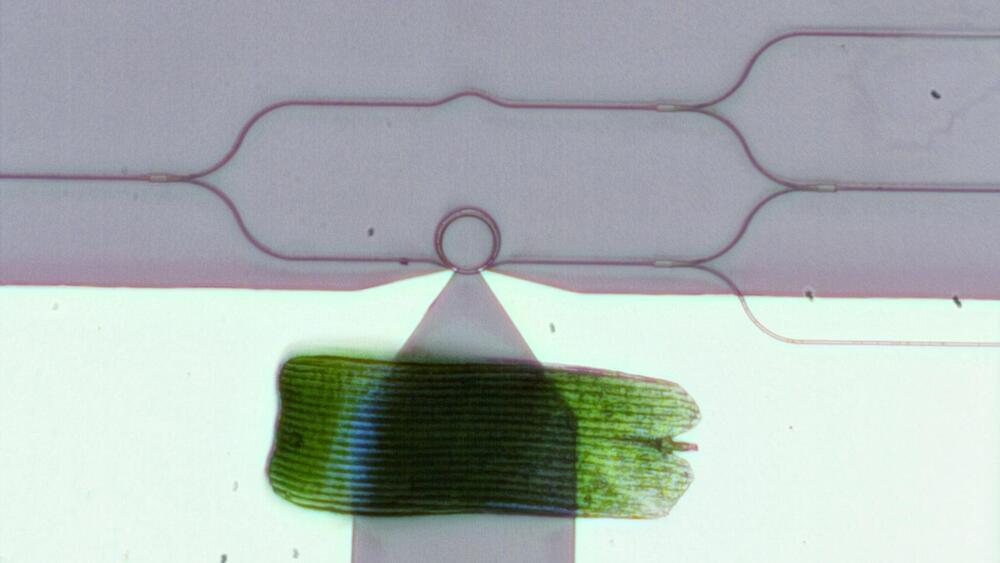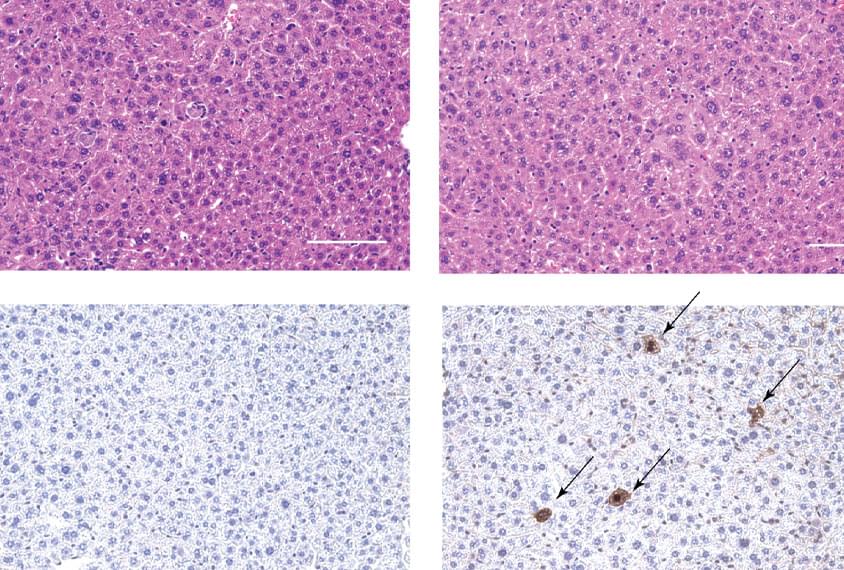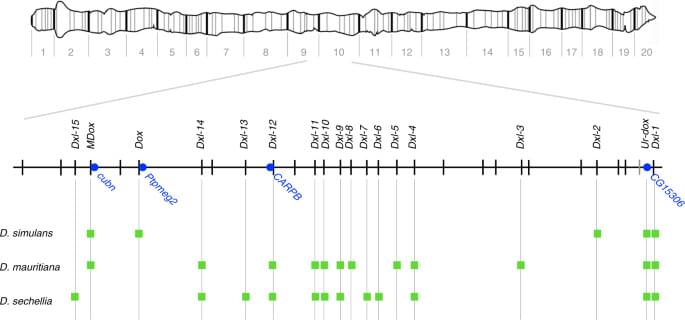Nov 25, 2021
New research suggests CRISPR can destroy virus that causes COVID-19
Posted by Quinn Sena in categories: bioengineering, biotech/medical, genetics
Scientists have discovered a way to stop the COVID-19 virus from replicating in infected human cells, marking major progress towards a definitive treatment for the deadly illness and accentuating the potential of genetic engineering to cure viral diseases.
The study explores the use of CRISPR, a genome editing tool, and builds on research that started at Australia’s Peter MacCallum Cancer Center in 2019, when Dr. Mohamed Fareh and Prof. Joe Trapani showed that CRISPR could be used to eliminate abnormal RNAs that drive children’s cancers.
At the beginning of the pandemic, and in collaboration with Director Prof. Sharon Lewin and Dr. Wei Zhao from the Doherty Institute, the scientists reprogrammed the same CRISPR tool to suppress replication of the RNA virus SARS-CoV-2 — and importantly, its “variants of concern” — in a test tube model. SARS-CoV-2, which is short for Severe Acute Respiratory Syndrome Coronavirus 2, is the virus that causes COVID-19.

